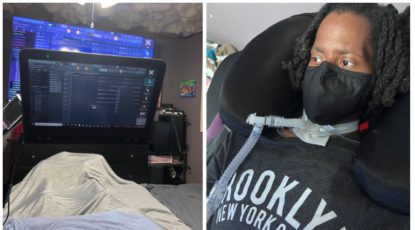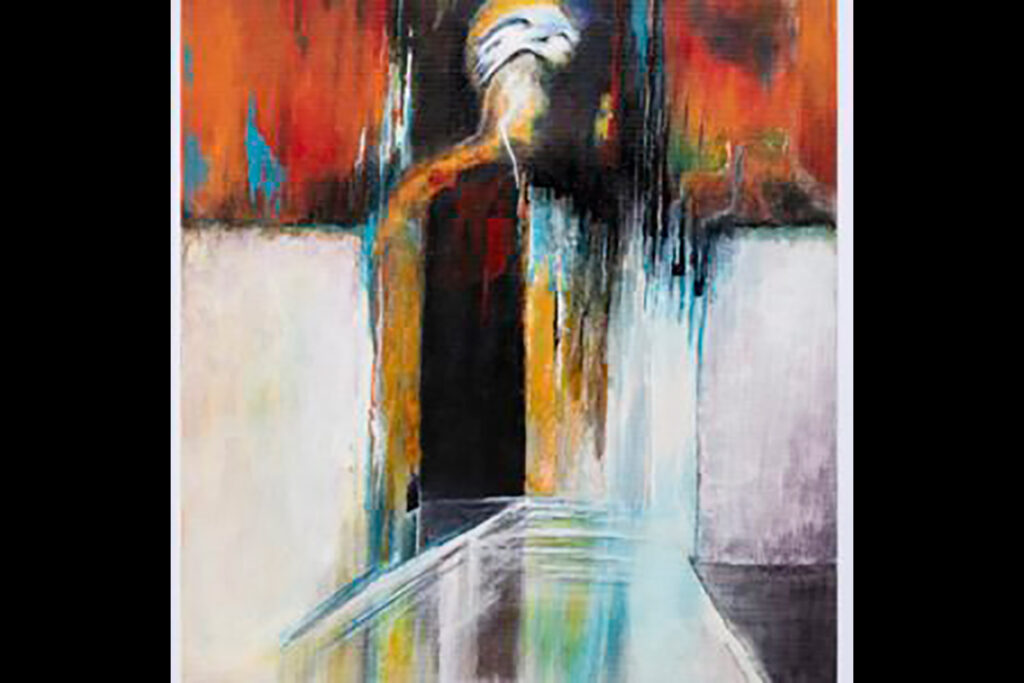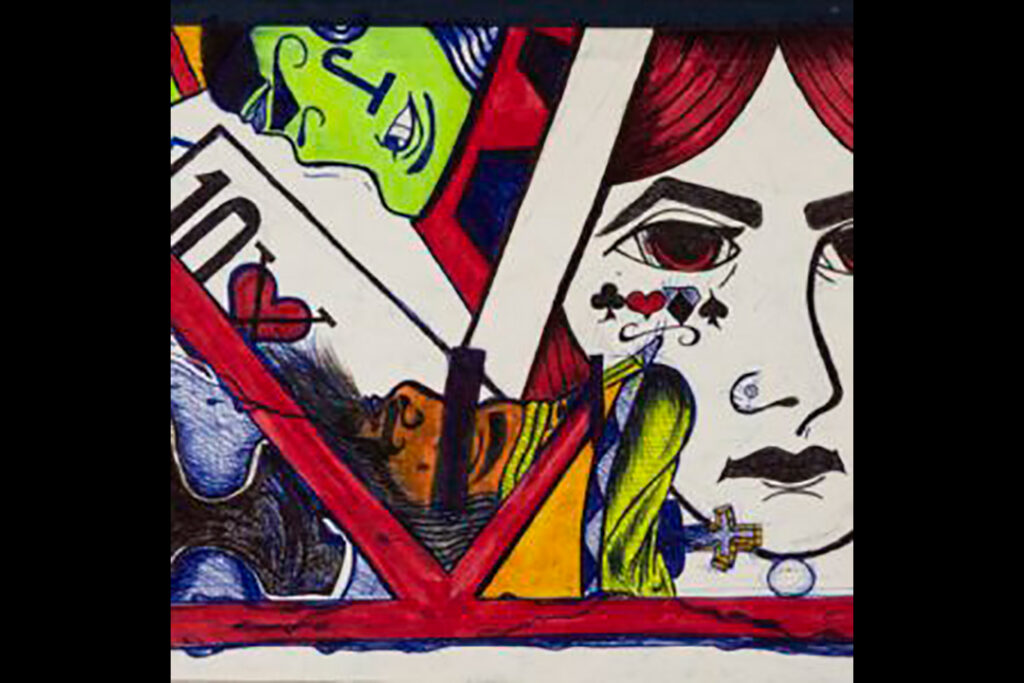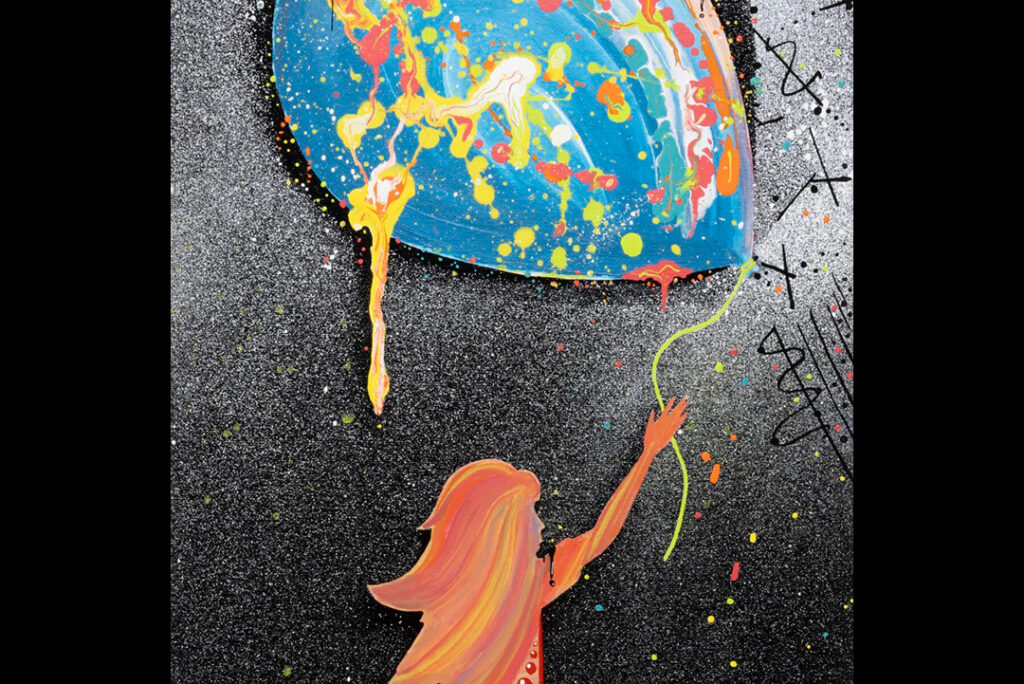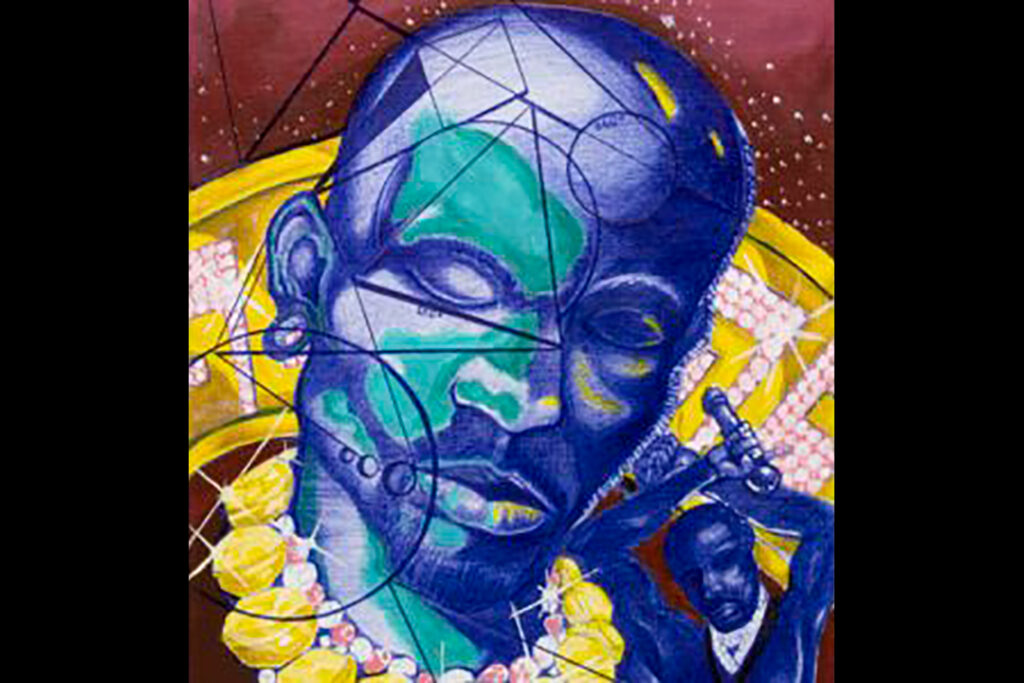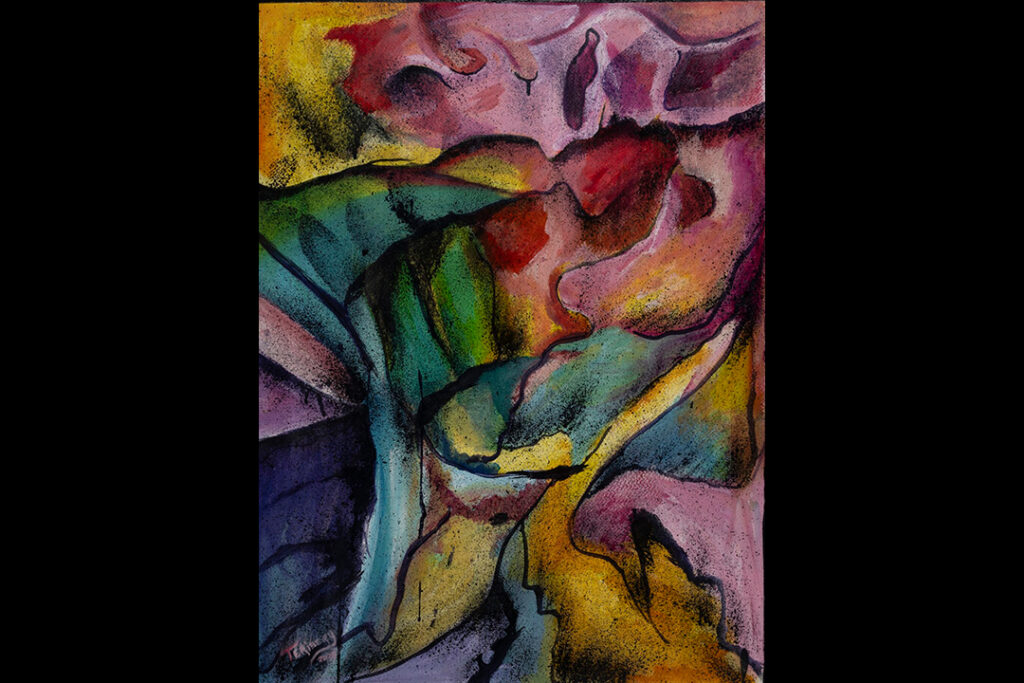Ono highlights impact of state support on student success, affordability, economic growth
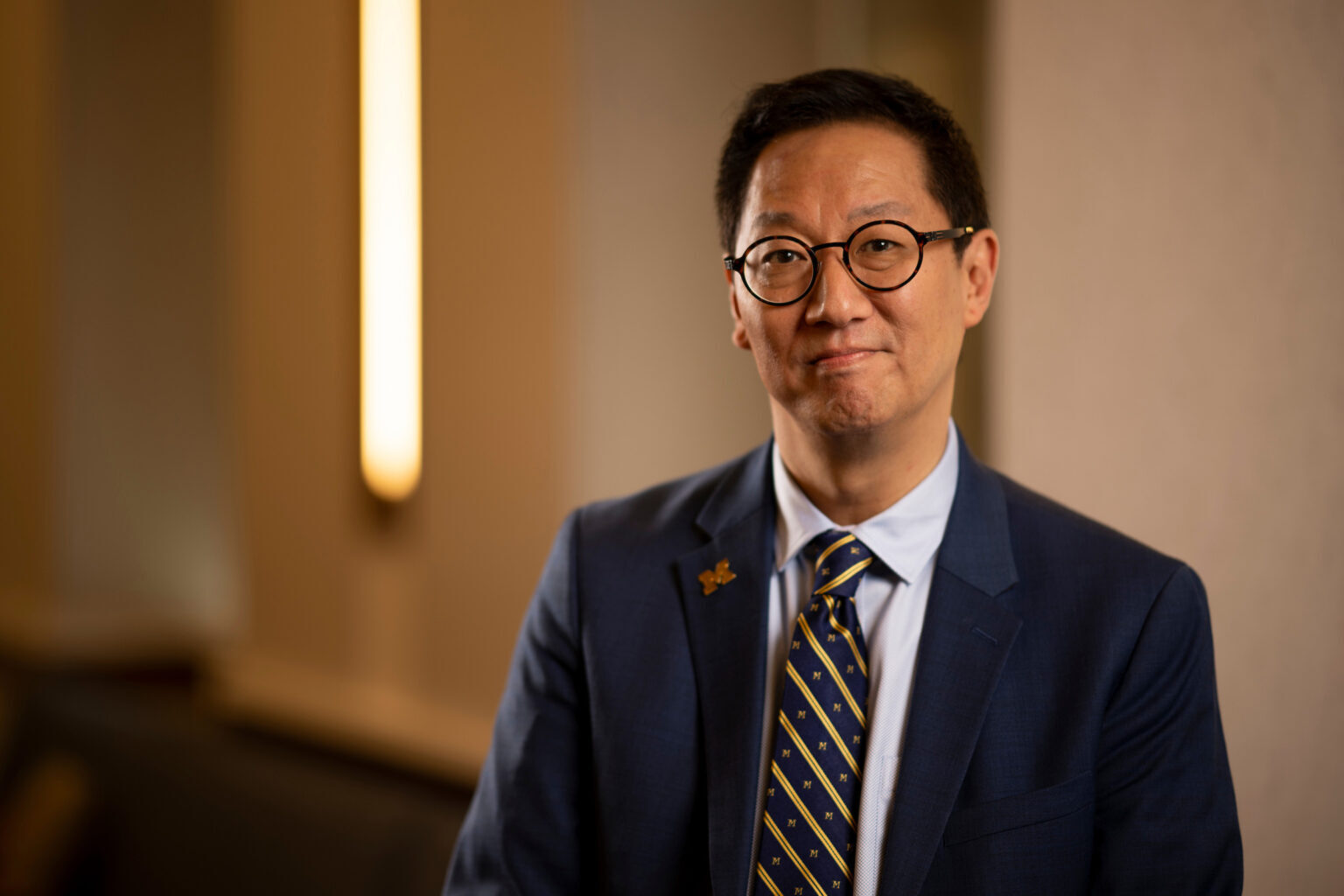
In testimony before the Michigan House Appropriations Subcommittee on Higher Education and Community Colleges in Lansing on April 30, President Santa J. Ono reinforced the vital role state funding plays in furthering the success of students, driving economic development, and maintaining affordable access to a world-class higher education experience for students across the state.
-
U-M launches three XR-enhanced courses
U-M’s Center for Academic Innovation and Coursera have launched the first three in a set of 10 planned online learning opportunities that integrate extended reality technologies into the learning experience.
-
Marching Band’s Elbel Field poised for major makeover
U-M’s iconic Elbel Field will be transformed into a marching band practice facility now that the Regents have approved project design plans and authorized construction to proceed.
-
Researchers: Rethink e-cigarettes’ role in treating cigarette smokers’ nicotine addiction
U-M researchers have found considerable evidence suggesting e-cigarettes are an effective smoking-cessation tool for adults in the U.S., yet thousands of Americans die of smoking-related illnesses each year.
-
1 in 8 Americans over 50 show signs of food addiction
In a poll, much higher percentages of possible addiction to processed food were seen among older adults who were overweight or experiencing poor mental health or isolation.
-
Got questions about weight-loss drugs? These experts have answers
Michigan Medicine specialists weigh in on the latest news regarding medications for obesity — from drug shortages and medication misuse to rising costs and side effects.
-
Making music with only his eyes
ALS can’t keep Jordan Weston from his lifelong passion for producing music. Through a sensor bar on his tablet, the tobii dynavox I-16 tracks Weston’s eye movements, allowing him to control the music software and build out his songs.
Columns
-
President's Message
Reaffirming our focus on student access and opportunity
U-M seeks to ensure every student will rise, achieve, and fulfill their dreams. -
Editor's Blog
Peace out
It's a mad, mad, mad, mad world out there. -
Climate Blue
Keeping our focus on climate
As federal support for climate science wanes, Ricky Rood remains hopeful. -
Health Yourself
Are you an ‘ager’ or a ‘youther’?
Why do some people appear younger or older than people born in the same year?
Listen & Subscribe
-

MGo Blue podcasts
Explore the Michigan Athletics series "In the Trenches," "On the Block," and "Conqu'ring Heroes." -

Michigan Ross Podcasts
Check out the series "Business and Society," "Business Beyond Usual," "Working for the Weekend," and "Down to Business." -
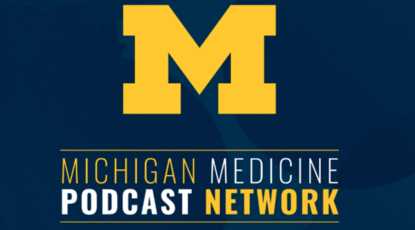
Michigan Medicine Podcasts
Hear audio series, news, and stories about the future of health care.
In the news
- Space.com James Webb Space Telescope finds coldest exoplanet ever seen, and it orbits a dead star
- USA Today DTE Energy, other utilities wrestle with extreme weather, deregulation and rising costs
- The Conversation A Michigan research professor explains how NIH funding works—and what it means to suddenly lose a grant
Creativity and connection across prison walls
One of the world’s largest and longest-running exhibitions of incarcerated artists is back with new programming designed to foster connection and deepen public understanding of incarceration in Michigan. The 29th annual Exhibition of Artists in Michigan Prisons, curated by U-M’s Prison Creative Arts Project, showcases 772 artworks by 538 artists incarcerated in 26 state prisons. The Duderstadt Center Gallery on U-M’s North Campus is presenting the artwork through April 1.






